- 1818: John Ross (U.K.): first deep-sea animals
- 1828: J Vaughan Thompson (Ireland): first plankton collection /w net
- 1843: Edward Forbes (U.K.): azoic hypothesis: no life below 550 m
- 1847: Joseph Hooker (U.K.): diatoms play the role of plants on land
- 1872 - 1876: Challenger (U.K.): first global, oceanographic expedition
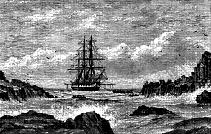
- 1887: Victor Hensen (Germany): introduced term "plankton"
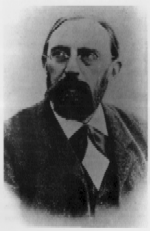
- 1889: National (Germany): first plankton expedition, Atlantic Ocean
- 1893: Fridjof Nansen (Norway) explores Arctic Sea and ice drift while his ship Fram is enclosed in pack ice
- 1902: Hans Lohmann (Germany): discovers nanoplankton while studying tunicate stomachs
- 1925: Meteor I (Germany): first deep-sea cartography by echo sounding for the whole Atlantic Ocean, discovery of mid-Atlantic ridge and sea mountains in the abyssal plains
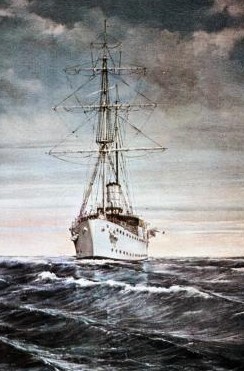
- 1950: Galathea (Denmark): deep-sea dredging to 10,000 m depth
- 1957: Vitiaz (USSR): biology of deep-sea trenches, gives name of Vitiaz-Deep to what is known as the Mariana trench in the western hemisphere
- 1960: Bathyscaph Trieste (Switzerland & USA): deepest manned dive to 10,916 m in the Mariana trench

More information at http://www.history.navy.mil/photos/sh-usn/usnsh-t/trste-e.htm - 1977: Submersible Alvin (USA): discovery of deep-sea hot springs
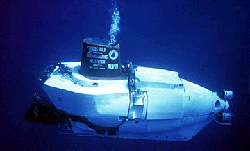

More information of the Alvin at http://www.whoi.edu/marops/vehicles/alvin/index.html - 1979: John McN Sieburth (URI) and John Waterbury (WHOI) discover coccoid cyanobacteria, Synechococcus sp., of less than 2 Ám diameter as abundant and ubiquitous in the open ocean
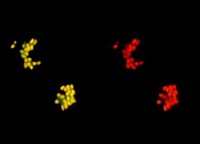
- 1984: Azam (Scripps) and colleagues introduce the concept of the "Microbial Loop" and catalyze a new perception of marine food webs
- 1989: Sally Chisholm (MIT) discovers bacteria-sized cyanobacteria, Prochlorococcus sp., as abundant in the open ocean
Milestones of Oceanography History